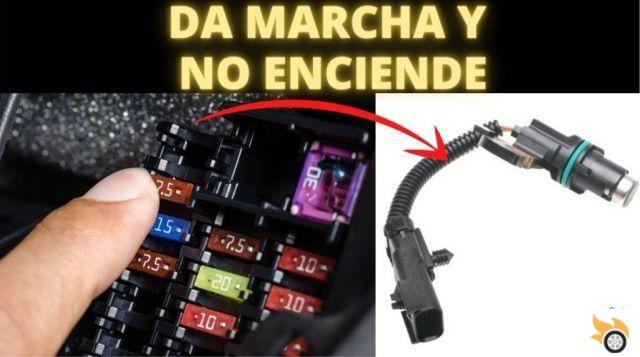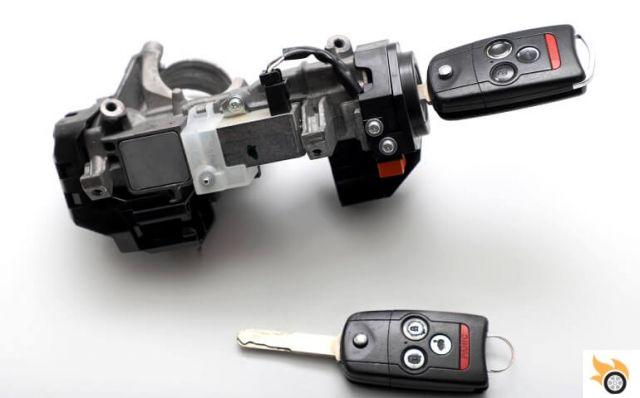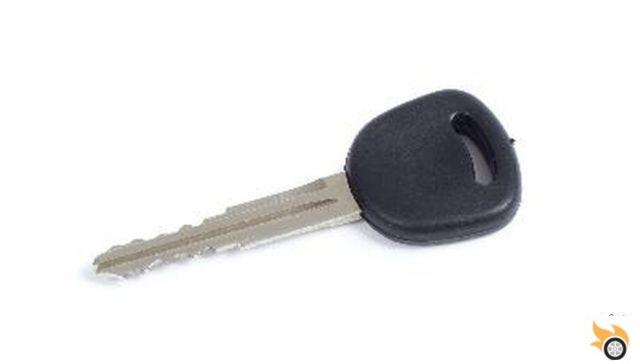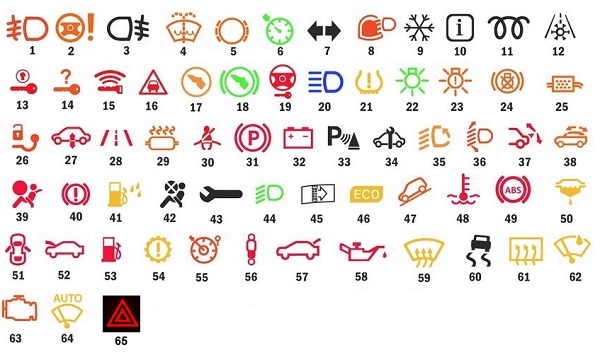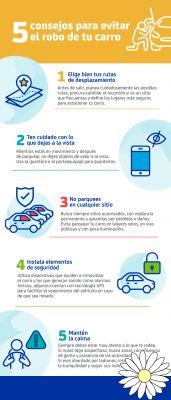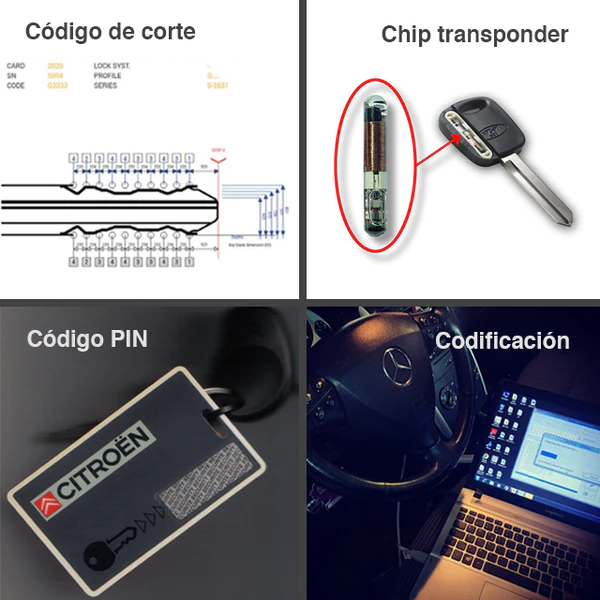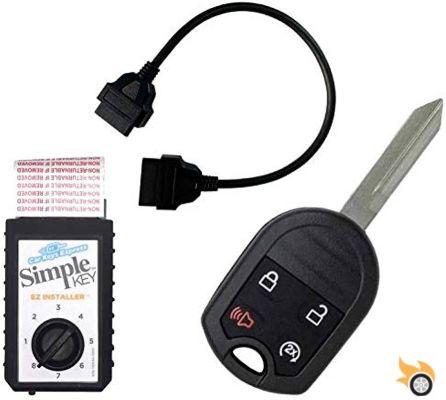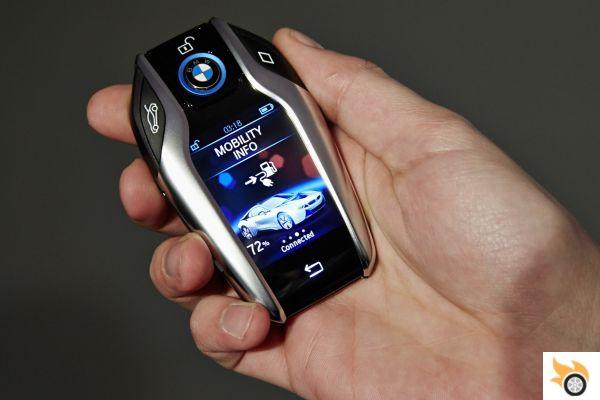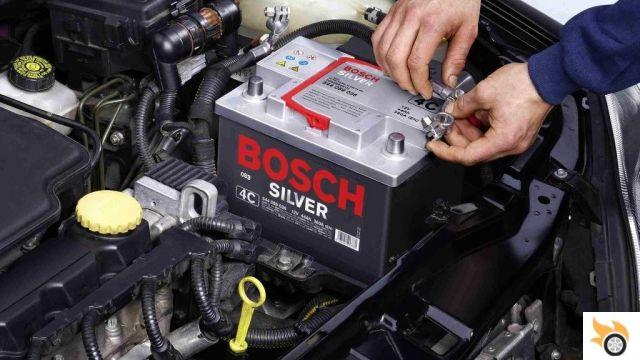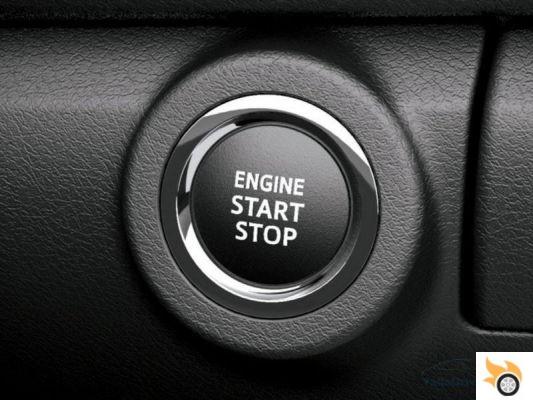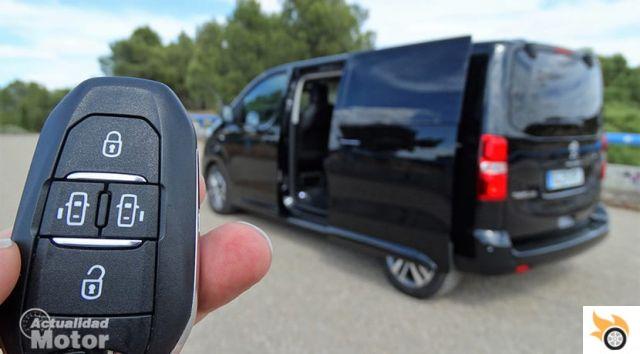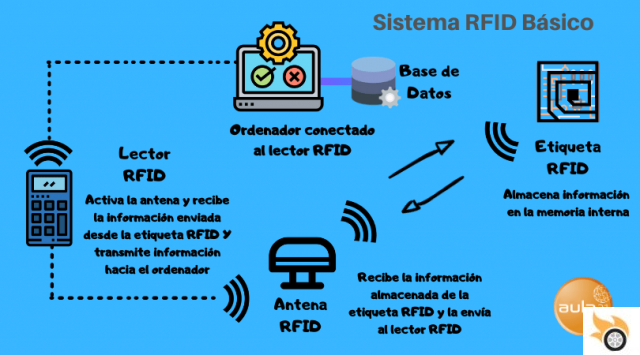
Introduction
Welcome to our article on RFID, a technology that has revolutionized the way we interact with the world around us. In this article, we will explore what RFID is, how it works, and its various applications in different fields. Let's get started!
What is RFID?
RFID, for its acronym in English Radio Frequency Identification, is a technology that allows the identification and tracking of objects through radio waves. It consists of RFID labels or tags that contain a microchip and an antenna, and RFID readers that emit radio signals to communicate with the tags. These tags can be passive, semi-active or active, depending on whether or not they require an external power source.
How does RFID work?
The operation of RFID is based on the communication between readers and RFID tags. When a reader emits a radio signal, nearby tags pick up the signal and respond with information stored on their microchip. This information may include data such as the serial number of the object, its location, date of manufacture, among others. The communication between the reader and the tag can be short or long distance, depending on the type of RFID used.
RFID applications
RFID has a wide range of applications in different fields. Next, we will mention some of the most outstanding:
1. Logistics and supply chain
In the field of logistics and supply chain, RFID is used for inventory tracking and control, facilitating stock management and reducing human errors. In addition, it allows the traceability of the products, from their manufacture to their final delivery.
2. Transport and security
In the transportation sector, RFID is used for automatic toll payment, parking access control, and vehicle identification in security systems. It is also used in public transport cards, facilitating payment and access to means of transport.
3. Health and medicine
In healthcare, RFID is used for patient identification, drug tracking, and inventory management in hospitals and pharmacies. It is also used in medical devices, such as pacemakers, for remote monitoring and control of patients.
4. Retail and inventory control
In the retail sector, RFID is used for inventory control in stores and warehouses, allowing more efficient management of products and reducing losses due to theft or loss. It is also used in contactless payment systems, streamlining the purchase process.
FAQs (Frequently Asked Questions)
1. What is the difference between RFID and barcode?
Unlike barcodes, which require a direct line of sight to read, RFID allows object identification and tracking without the need for eye contact. Also, RFID can read multiple tags at once, while barcode needs to be scanned one by one.
2. Is the use of RFID safe?
Yes, the use of RFID is safe as long as the appropriate security measures are implemented. This includes encryption of transmitted information, access control to readers and tags, and protection of data stored in RFID tags.
Conclusion
In summary, RFID is a technology that allows the identification and tracking of objects through radio waves. Its operation is based on communication between readers and RFID tags, and it has various applications in logistics, transportation, health and retail, among others. The use of RFID has improved efficiency and security in different areas, facilitating inventory management, access control and product traceability. We hope this article has been informative and helpful in better understanding RFID!
If you have any additional questions or want to share your experience with RFID, feel free to leave us a comment. We will be happy to read you and answer your concerns!
Until next time!






